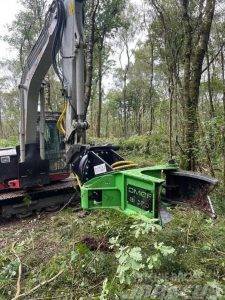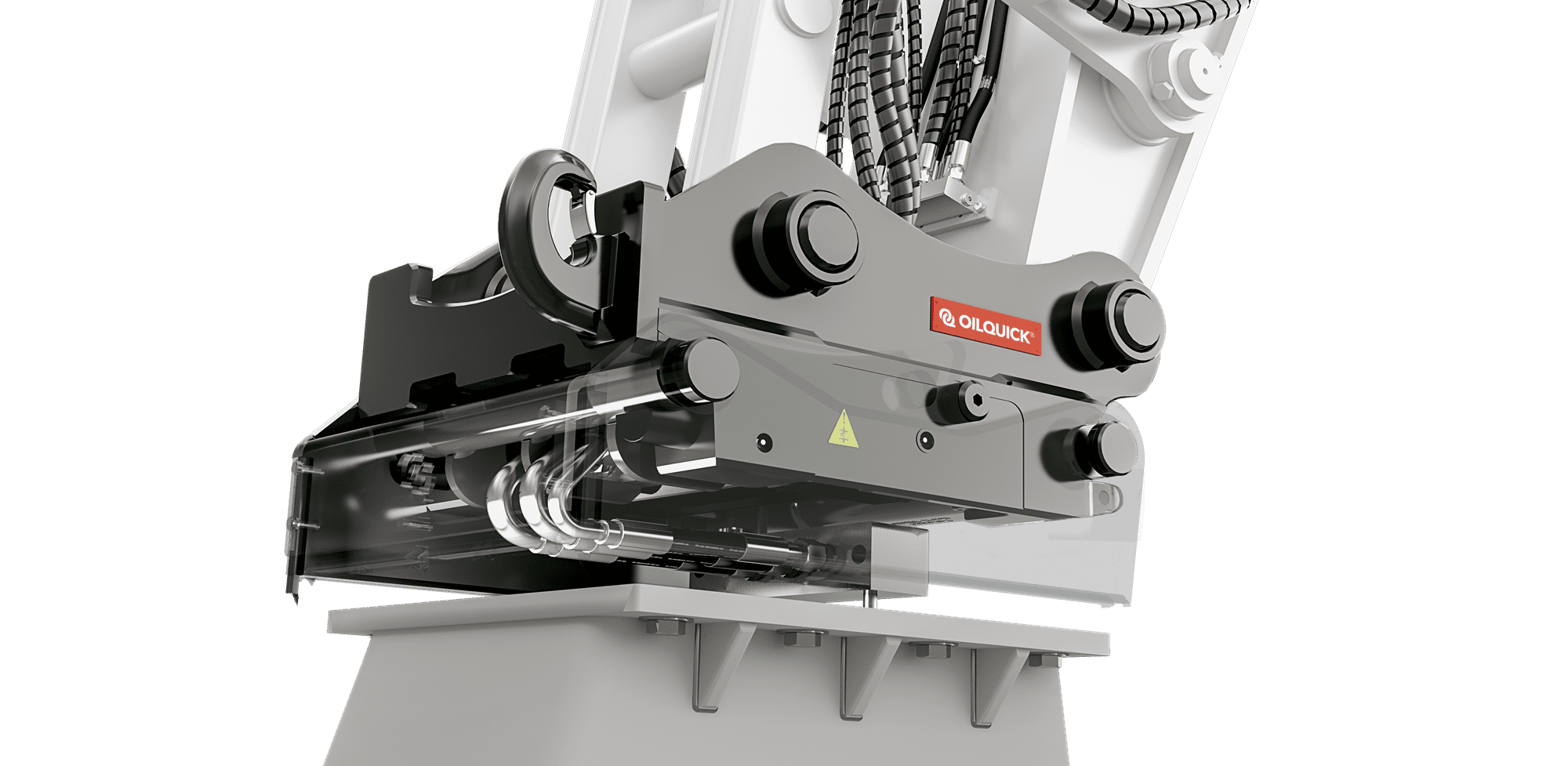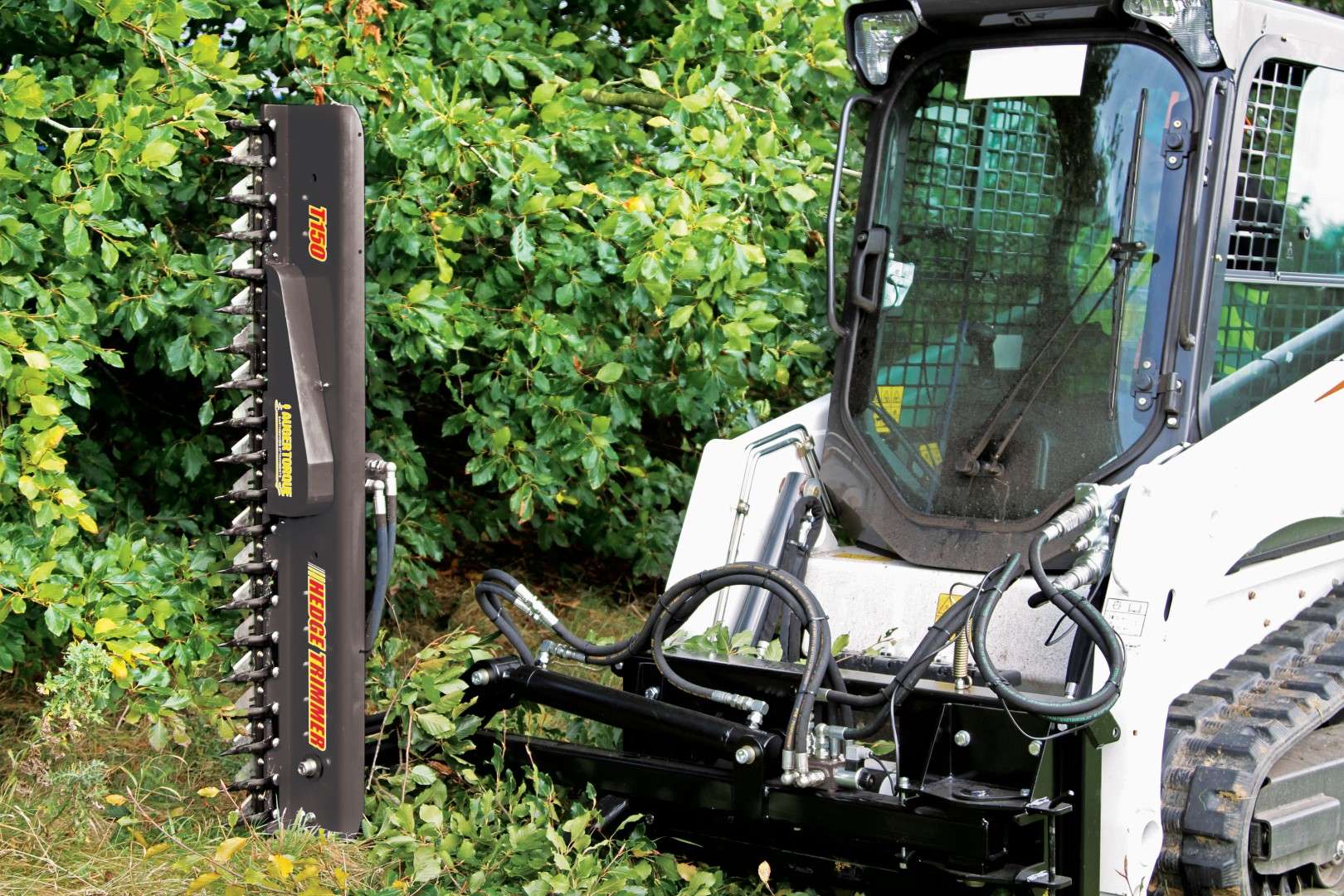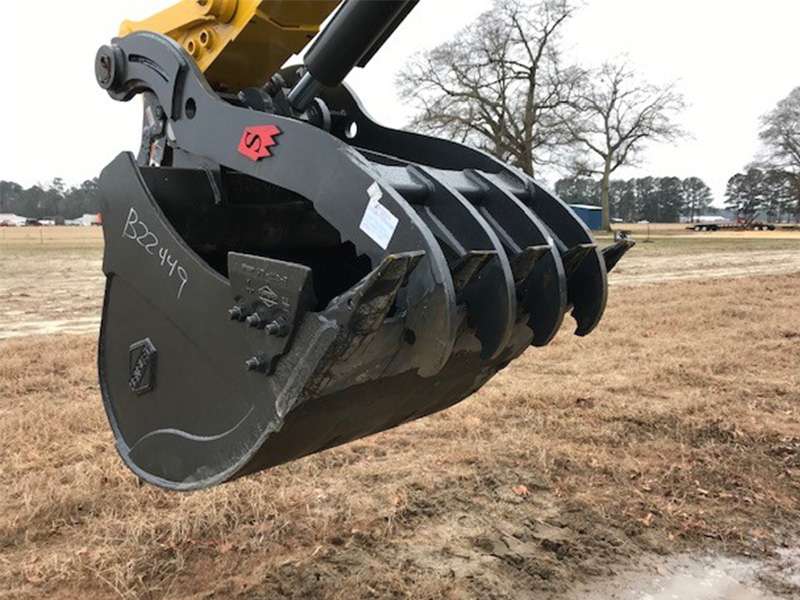
Comparing Excavator Grapple Attachments
Unveiling the Power of Grab and Grapple Attachments for Excavators Excavators have long been hailed as the workhorses of construction sites and heavy-duty projects. Their versatility and raw power make them indispensable for tasks ranging from digging and trenching to material handling and demolition. But what truly elevates their capabilities to the next level are grab and grapple attachments. These attachments unlock a new dimension of efficiency and precision by providing excavators with the ability to grasp, hold, and manipulate various materials with ease. In this comprehensive article, we will delve into the world of grab and grapple attachments for excavators, exploring their types, applications, and the distinctions between fixed and rotation models Understanding Grab and Grapple Attachments Grab and grapple attachments are hydraulic-powered tools designed to transform excavators into versatile material handling machines. They allow excavators to grab and hold objects securely, making it possible to perform tasks that would otherwise be labor-intensive or impossible. From debris removal to forestry work and recycling operations, these attachments enhance the excavator’s functionality across a wide spectrum of applications. Grab/Grapple Applications Demolition: These heavy-duty attachments are specifically designed for demolishing structures and handling construction debris. Their robust construction and powerful grip enable them to pick up and maneuver heavy pieces of concrete, metal, and other debris with precision. Wood and Logging: For forestry and logging operations, wood and log grapples are essential. These attachments are equipped with specialized arms and gripping mechanisms that securely hold logs and timber, allowing for efficient loading, unloading, and stacking. Recycling: Recycling facilities rely on excavator recycling grapples to handle materials like scrap metal, plastics, and other recyclable items. These grapples are designed to withstand the rigors of handling sharp or irregularly shaped objects, making them a key player in sustainable waste management. Multi-Purpose: Multi-purpose grabs are engineered to handle a variety of materials and tasks. Their versatility makes them suitable for applications ranging from general material handling to sorting and separating different types of materials. These different grapple types all use the same principle; they just differ in design type and application. Mechanical vs Hydraulic & Fixed vs Rotating The distinction between fixed and rotation models lies in their ability to rotate or swivel the attached grab or grapple. Each model comes with its own set of advantages and considerations. Mechanical Models There are two types of fixed grapple attachments. The first and most basic version is shown below. One half of the grapple is mounted like a bucket and the other is fixed to the inside of the excavator’s stick like a thumb attachment. This can be fixed or hydraulic to allow the operator to control both sides of the grapple. This is the oldest version of a grab attachment and is generally the cheapest option. Advantages: Great for heavy duty applications where precision is not a major concern Simplified design, resulting in lower maintenance requirements. Generally more affordable than the other options Considerations: Limited flexibility when it comes to manipulating materials around obstacles or in tight spaces. May require more repositioning of the entire excavator to achieve the desired placement. Not easy to remove and use other attachments Hydraulic Models Hydraulic grabs use the auxiliary hydraulic circuit on the machine to open and close the grapple jaws whereas the mechanical grab above uses the bucket cylinder open/close to pick up the material. Using the auxiliary hydraulics of the machine gives the operator much more control and flexibility when using the attachment. These types of grabs can be used in many more applications and can also be fixed or rotating. Fixed A fixed hydraulic grab would be fixed in terms of rotation. Usually it would be mounted perpendicular to the machine to enable the operator to pick up large material without hitting the machine. However the mount could often be bolted to another fixed position that the operator prefers for the job at hand. Mounts can also be built with a multi pick up system. If the machine has a quick coupler then the operator can easily drop the attachment and pick it up on a separate set of pins that changes the mounting position of the grab. Just like below: Advantages: More flexibility and control than the mechanical options Can be mounted facing two different directions Only requires 1 auxiliary hydraulic circuit on the machine Cost vs a rotating grapple Ideal for large scale work e.g. loading trucks or burn piles Can be removed easily especially the machine has a quick coupler Considerations Doesn’t offer the control of the rotating versions Can sometimes be awkward to use compared with the rotating version and the machine may have to be moved around more Not as well suited for jobs with tighter spaces Rotating Models Rotation models, also known as rotating grabs or grapples, feature a hydraulic rotator that allows the attachment to swivel independently of the excavator’s arm. This added flexibility makes them ideal for tasks where the ability to rotate the attachment is essential. The rotator is bolted between the grab itself and the excavator mount. The hydraulics to open/close the grab run through the rotator to allow endless 360 degree rotation without any hoses getting tangled etc. The main limiting factor for these attachments in the US market is the need for 2 separate auxiliary hydraulic functions. Most machines in the US only come equipped from the factory with 1 hydraulic circuit for operating a thumb. Machines can be ordered from the factory (at an additional cost) with two circuits and some newer machine makes include 2 as standard (Takeuchi). In cases where the excavator lacks the necessary dual hydraulic circuits, there are electrical kits available that enable the switching of hydraulic functions between opening/closing and rotating the grab or grapple. These kits provide a viable solution for excavator owners looking to utilize rotation attachments without extensive hydraulic modifications. Advantages: Ability to pick up, rotate, and place materials precisely without moving the entire excavator. Improved efficiency when working in confined spaces or









